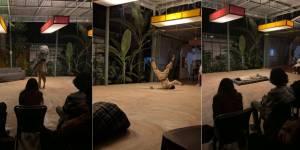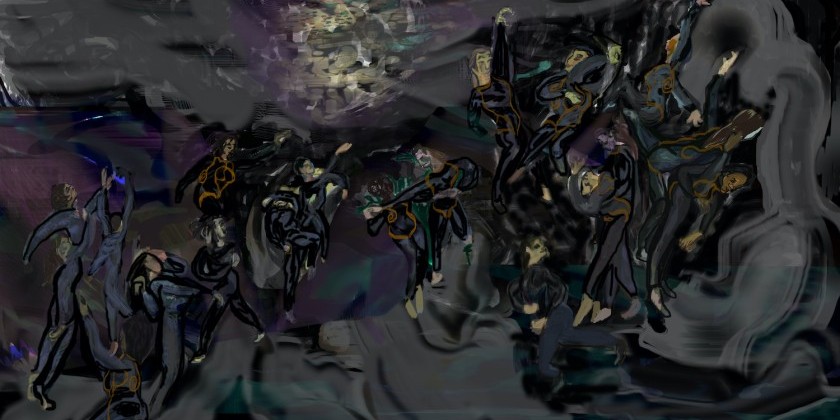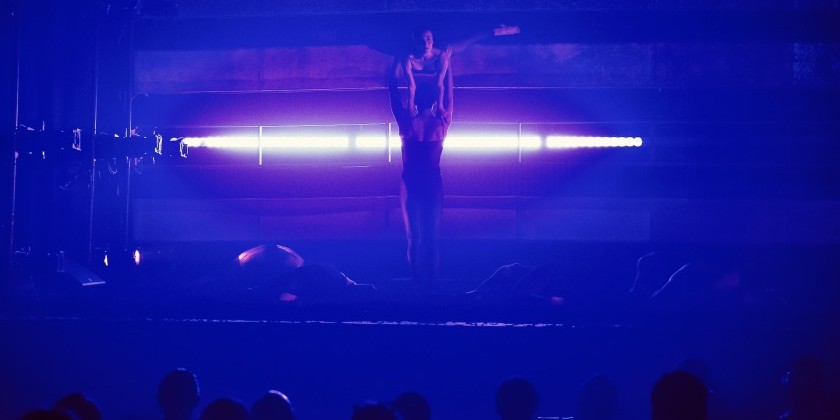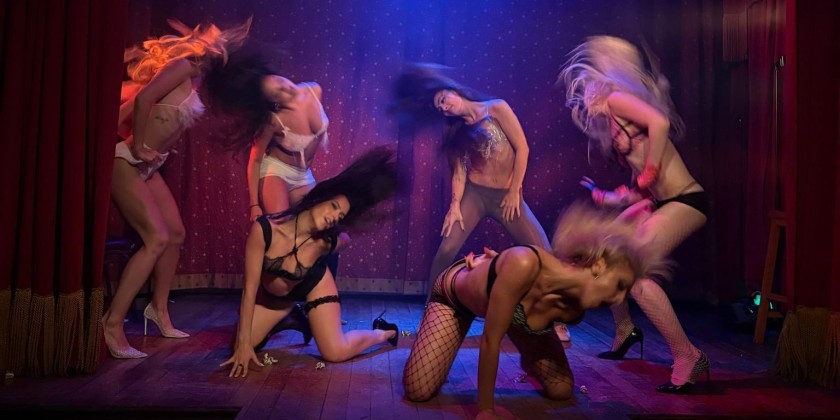AUDIENCE REVIEW: Malpaso Dance at the Prince Theater
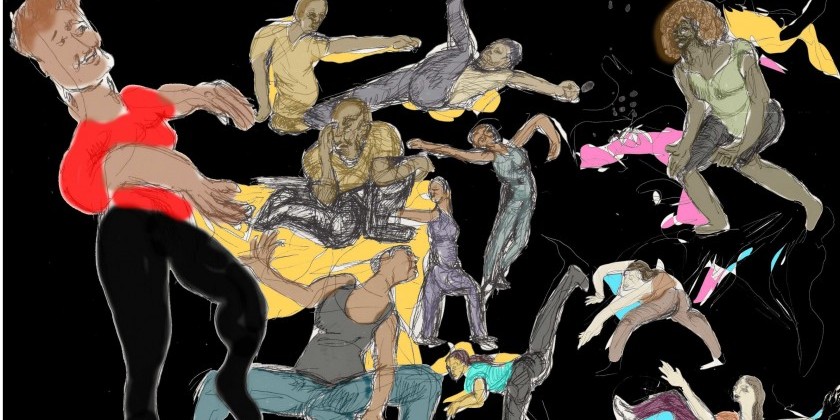
Company:
Malpaso Dance Company
Performance Date:
February 18 2017
Freeform Review:
Through spring 2017 Next Move Dance is going to have a multitude of performers at the Prince theater. This past February Dance Affiliates brought a Cuban contemporary dance to Philadelphia. It is the culture, life, and streets of Cuba. Fernando Saez, executive director and co-founder, gives truth to this need for music and dance in Cuban culture. At the Prince theater, Malpaso Dance Company based out of Cuba evoke the Cuban experience through an interplay of color and shadow.
The first piece entitled 24 Hours and a Dog is the narrative of the day in the life of a dancer. The dog in the title is symbolic of a domesticated version or a savage symbol of diversity. These dancers' personalities transition as if it were the span of sun-up until sun-down. This energetic dance pin points moments throughout the day that a dancer comes into contact with a public ready at anytime to become an audience. A promenade through the streets of Havana, Cuba; it is where dance and music is a part of their lives. Saez speaks to nation wide contemporary dance companies throughout Cuba. He calls it a guide for American audiences. 24 Hours and a Dog is translating actions taken from working class persons, and recreates the vibrant Cuban urban scene. They take us through the day dancing to music in the middle of the afternoon until dusk. The "Walking the Dog" and "Chased by a Dog" are movements which translate social justice and are examples of how the dancers represent a human condition.
At the start of the music the lights are down and there is a suspense before the first dancer takes the stage. The music by Arturo O'Farrill is tapping, stepping, and cleverly antagonizing. The lighting and costume by Al Crawford paints tones of grief under certain shadows, and in another light they seem to come to life. In the dance 24 Hours and a Dog we are dominated by a wave of action and then a swell of emotion rakes us back. The dance is a vehicle to show a Cuban contemporary life.
The second piece Why You Follow is a dance that could be mainstream, and what we commonly call hip-hop. The Afro-cuban style is suggestive of Cuban rap, and even features poetry written by the choreographer, Ronald K. Brown that appears in the program. Why You Follow is pure joy, and an emotion is specific to a congo line, or a crowded club. When the stage turned red I noticed a new ambience happening on the stage. The ambience was rhythmic but at times there was only a single dancer. It was exciting when there was a rush of dancers following one another onto the stage to join the celebration. Fernando Saez mentioned a mix of different elements, styles and patterns. I discovered that the pattern of dancers that followed one another was like a congo line. The ambience was made to feel heavy and seductive. In the beginning the sex of the dancer in this piece shows us a beautiful anatomy of a dancer's body. There is an element of afro-cuban dance that speaks to the gender of people. Why You Follow is important to notice the celebration of music and dance in Cuba.




